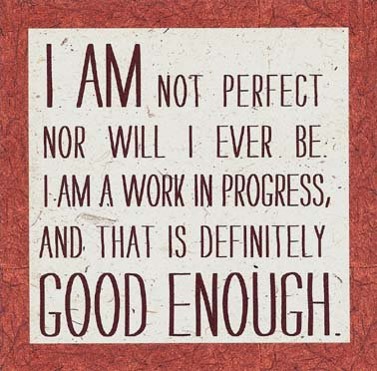The Joy of Being Perfectly Imperfect

Ms Stacey led an assembly this morning to the Sixth Form titled “The Joy of Being Perfectly Imperfect”. Students heard that if ‘perfection’ is the ultimate goal, there is an emotional consequence of heightened stress. However if ‘good enough’ is the ultimate goal, the emotional consequence will be much more positive – better self-esteem, increased self-worth and resilience.
Students were introduced to the ‘Scale of Awfulness’ and encouraged to keep perspective on events that they may believe to be less than perfect. Finally, they were encouraged to celebrate imperfection, review their social media footprint and be mindful of the impact of their beliefs on themselves and others. As Sir Winston Churchill famously said, “Success is not final, failure is not fatal: It is the courage to continue that counts”.

